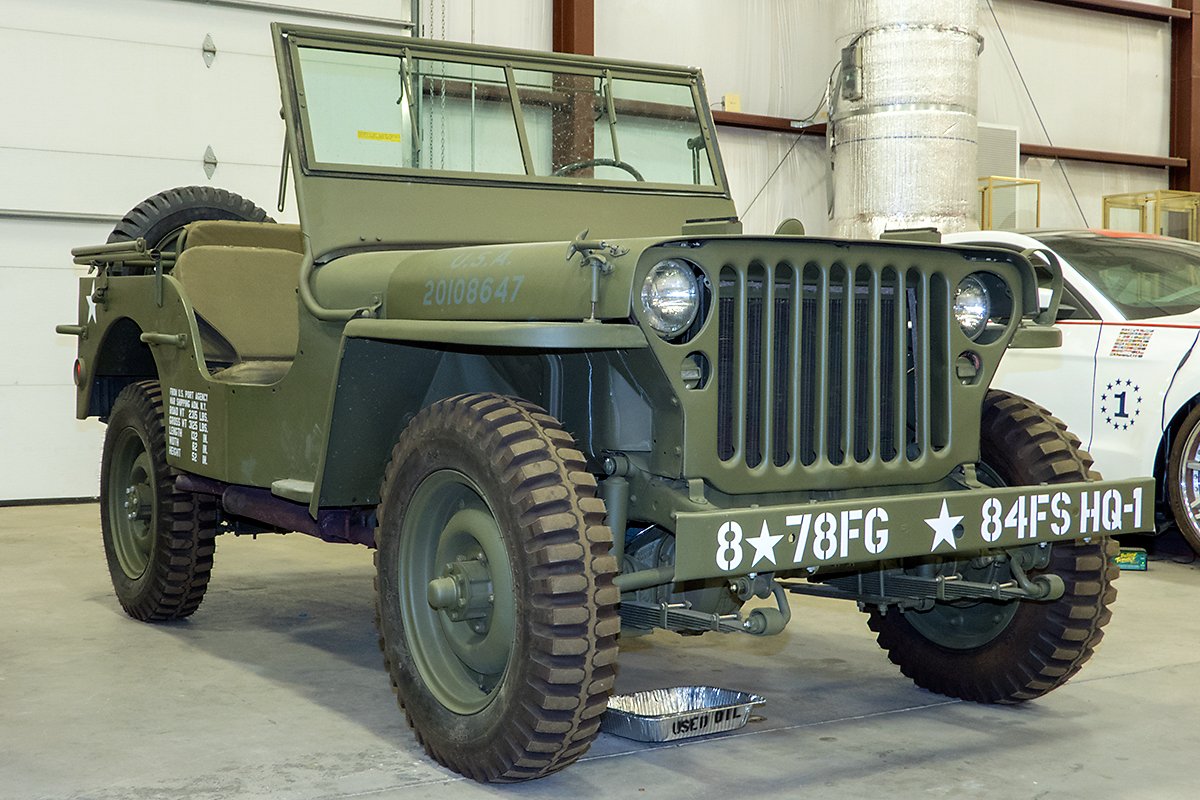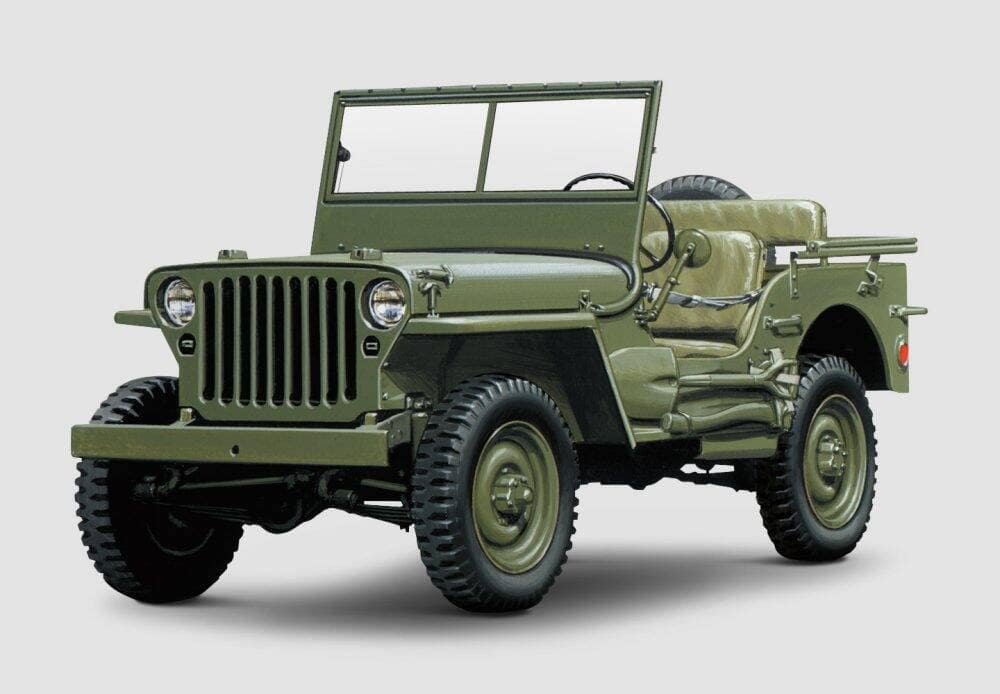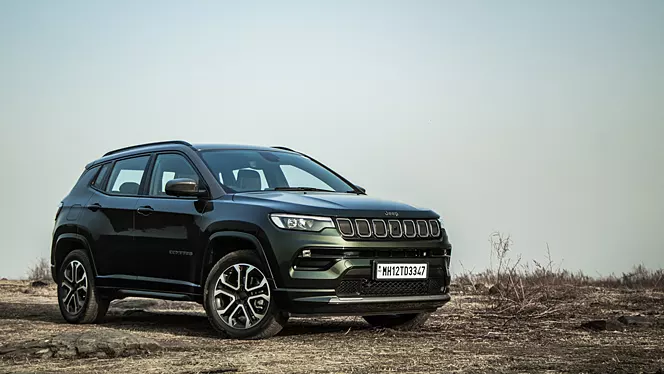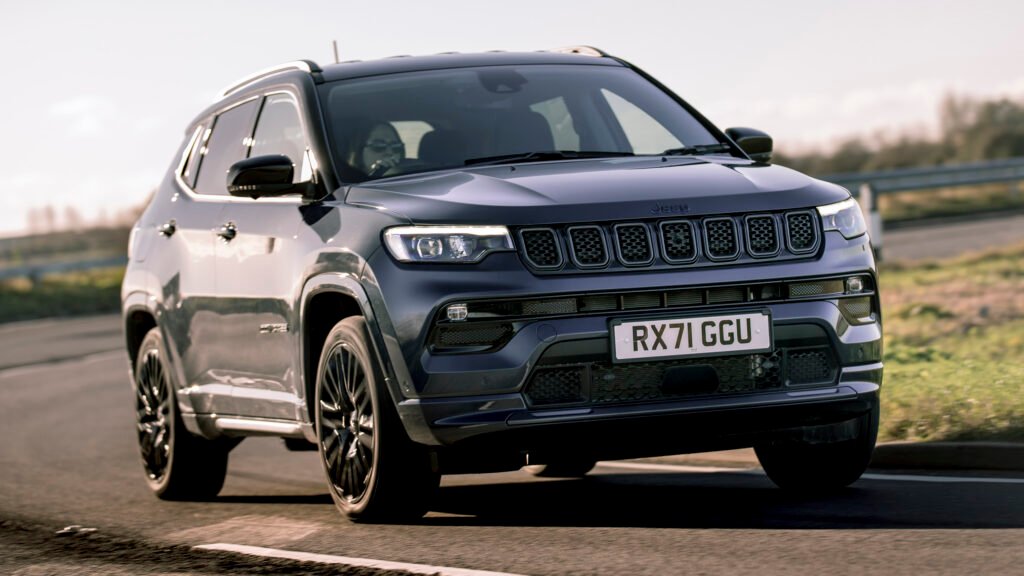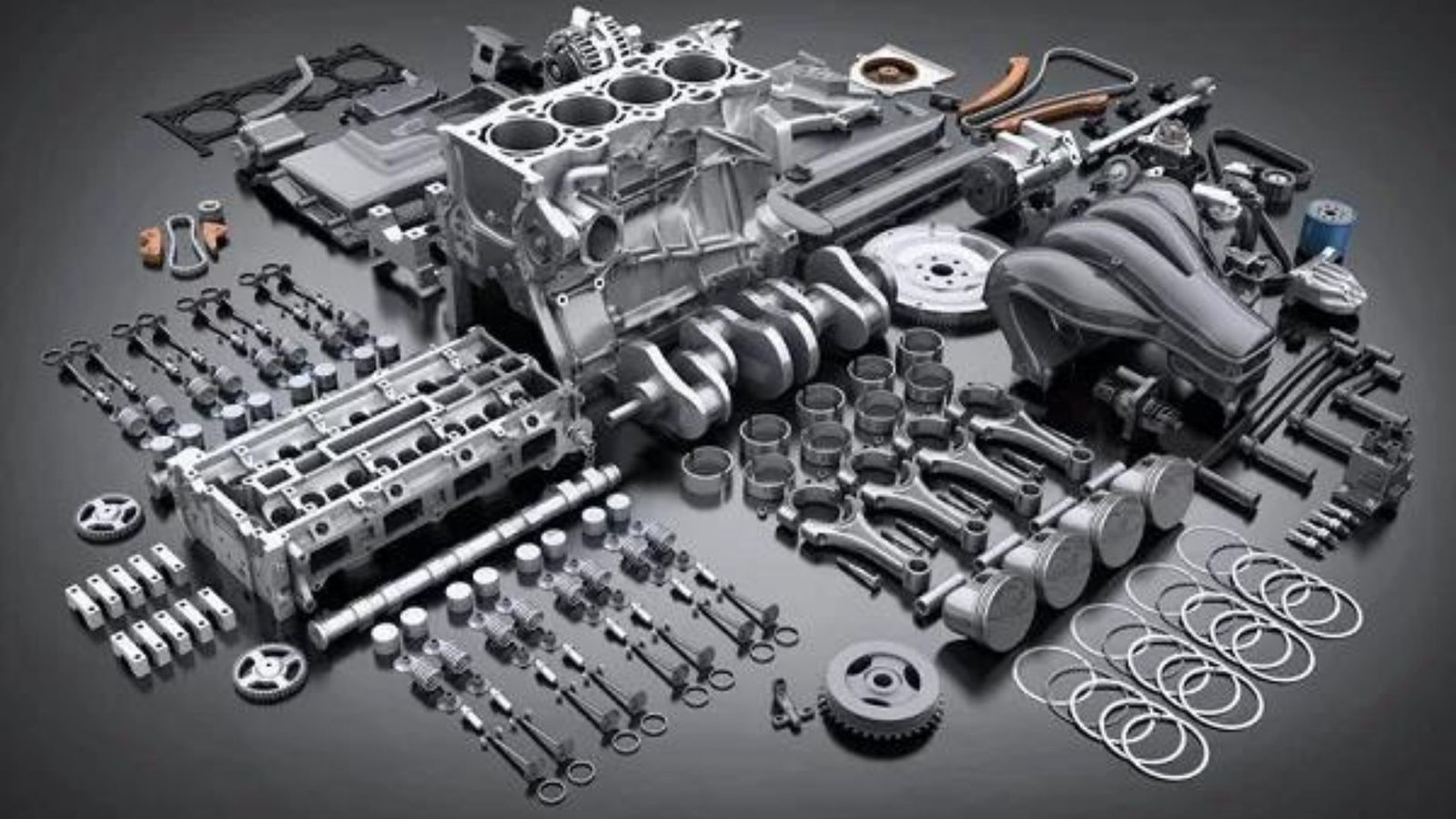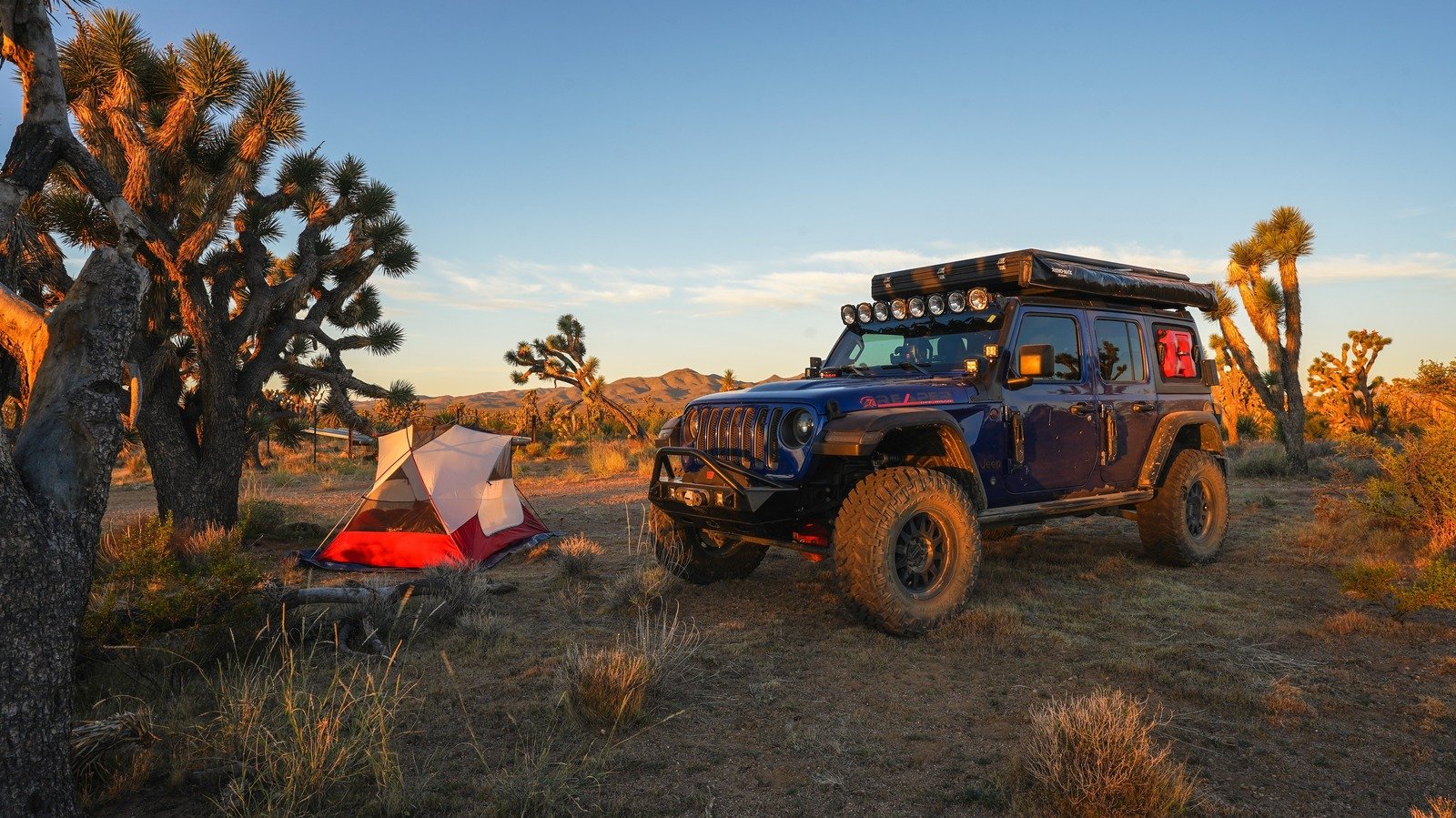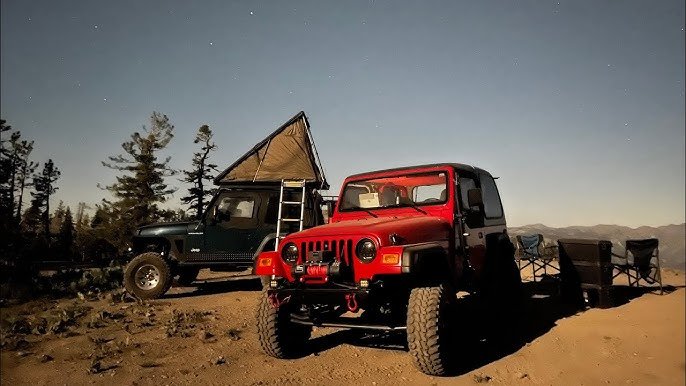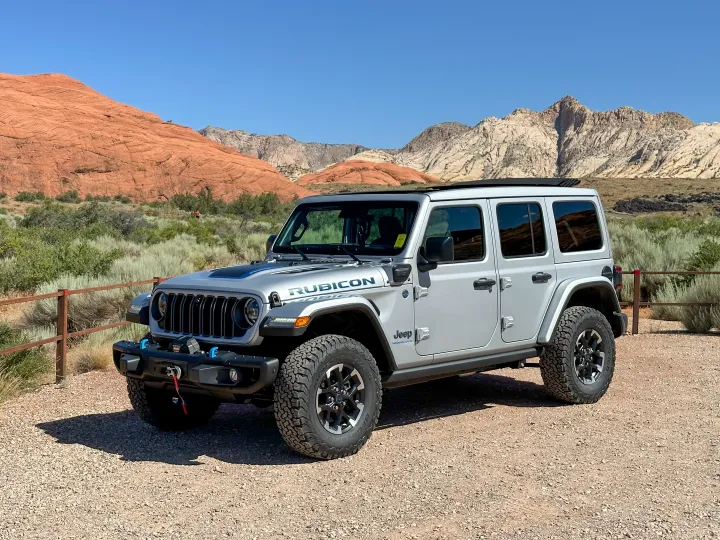Owning a Jeep comes with the thrill of adventure and off-road capabilities, but it can also mean dealing with lower fuel efficiency compared to smaller vehicles. However, there are several strategies you can employ to boost your Jeep’s miles per gallon (MPG) without sacrificing performance. Here’s a comprehensive guide to help you get the most out of your fuel tank.
1. Regular Maintenance is Key
1.1. Keep Your Engine in Top Condition
A well-maintained engine runs more efficiently. Regular oil changes, replacing air filters, and ensuring that spark plugs are in good condition can make a significant difference in fuel consumption. A clean and well-lubricated engine operates with less friction, which translates into better fuel efficiency.
1.2. Check Tire Pressure Regularly
Underinflated tires increase rolling resistance, which forces your engine to work harder and consume more fuel. Check your tire pressure regularly and keep it at the manufacturer’s recommended level. This simple step can improve your Jeep’s fuel efficiency by up to 3%.
1.3. Use High-Quality Motor Oil

Using the right grade of motor oil, as recommended in your Jeep’s owner manual, can also improve fuel efficiency. High-quality synthetic oils can reduce engine friction, leading to better MPG.
2. Optimize Your Driving Habits
2.1. Avoid Aggressive Driving
Sudden accelerations, hard braking, and speeding can drastically reduce fuel efficiency. Smooth and steady driving helps maintain a consistent speed and reduces the amount of fuel your engine needs to burn. Use cruise control on highways when possible to keep your speed steady and save fuel.
2.2. Limit Idling Time
Idling consumes more fuel than restarting your engine. If you anticipate stopping for more than a minute, consider turning off your engine. Modern engines are designed to handle frequent starts and stops, so you won’t cause any damage by doing this.
2.3. Plan Efficient Routes
Before setting out on your journey, plan your route to avoid heavy traffic, construction zones, and areas with frequent stops. By reducing the time spent idling or stopping and starting, you can improve your overall fuel efficiency.
3. Lighten Your Load
3.1. Remove Unnecessary Weight
Carrying excess weight in your Jeep can decrease fuel efficiency. Remove unnecessary items from your vehicle, especially if they’re heavy. For every 100 pounds of additional weight, your fuel efficiency can drop by about 1%.
3.2. Avoid Roof Racks When Not in Use
Roof racks and cargo carriers can create aerodynamic drag, which reduces your Jeep’s fuel efficiency. If you’re not using them, it’s best to remove these accessories to cut down on wind resistance.
4. Consider Aerodynamic Improvements
4.1. Use a Tonneau Cover
If you drive a Jeep truck, such as a Gladiator, consider installing a tonneau cover over the bed. This reduces aerodynamic drag by smoothing out airflow, which can help improve fuel efficiency.
4.2. Keep Windows Closed at High Speeds
Driving with your windows down at high speeds increases drag, which forces your engine to work harder. When driving on highways, keep your windows closed and use the air conditioning sparingly to maintain better fuel efficiency.
5. Smart Modifications for Fuel Efficiency
5.1. Upgrade to Low Rolling Resistance Tires
Switching to low rolling resistance tires can help reduce the energy your Jeep uses to move, thereby improving fuel efficiency. These tires are designed to minimize friction between the tire and the road.
5.2. Consider a Performance Chip
Performance chips can optimize your engine’s efficiency by adjusting the air-fuel mixture and ignition timing. Some chips are specifically designed to enhance fuel economy, making them a worthwhile investment for Jeep owners looking to save on fuel costs.
6. Mind Your Fuel Choices
6.1. Use the Recommended Fuel Type
Always use the fuel type recommended in your Jeep’s manual. Using a higher octane fuel than necessary won’t improve performance or fuel efficiency, but it will cost more.
6.2. Consider Fuel Additives
There are fuel additives available that claim to improve fuel efficiency by cleaning the engine and reducing friction. While not all additives are effective, some high-quality products can offer minor improvements in MPG. Always choose reputable brands and follow the instructions carefully.
Conclusion
Improving your Jeep’s fuel efficiency requires a combination of proper maintenance, smart driving habits, and thoughtful modifications. By implementing these strategies, you can enjoy more miles per gallon and reduce your environmental impact, all while keeping your Jeep ready for the next adventure. Whether you’re cruising the highways or tackling rugged trails, these tips will help you make the most of every drop of fuel.




